Shoulder Pain Explained
Hey there, folks! Dr. Chris, the shoulder superhero, reporting for duty with Physio Room! Today, we’re embarking on a wild adventure into the mysterious world of shoulder anatomy. Get ready to unravel the secrets behind those pesky shoulder and neck issues that have been bugging you. We’ll uncover the hidden villains causing trouble in your upper body and learn how to give them a proper beatdown. So, tighten your capes and fasten your seatbelts because we’re about to take an informative joyride through the wacky world of shoulders. Let’s dive in and save the day!
First, let’s focus on your shoulder, we can identify three things that occur when irritation sets in. As humans, we naturally guard ourselves against pain, leading to certain reactions. Firstly, the pectoral muscles tighten, causing the shoulder to be pulled forward. On the flip side, the upper trapezius muscles come into play, elevating the shoulder. This can result in walking around with an elevated upper trap. Lastly, the deltoid muscle, located here, contributes to the pain felt in the side of the shoulder. It often feels like someone is punching you in the shoulder. This pain arises because the deltoid is in a guarded state, similar to when you make a tight fist and your knuckles turn white due to restricted blood supply. Consequently, the deep ache is caused by limited blood supply. Our goal is to reset this muscle and help it calm down and feel better.
To alleviate these symptoms and improve your posture and overall functionality throughout the day, we need to pay attention to the lower trapezius muscle. Take a look at these fibers pulling the shoulder blade down, while these fibers pull it inward. It’s crucial to engage the lower trapezius muscle more often. Additionally, these fibers create tension that may lead to headaches starting from the base of the skull, wrapping around to the front, and even causing pain behind the eyes. This is why shoulder issues can often be associated with neck problems. It’s not uncommon for people to seek help for shoulder issues, only to discover that the root cause lies in a shoulder dysfunction or vice versa. Working with us one-on-one allows us to provide specific answers tailored to your situation, as there is no one-size-fits-all approach.
By addressing the upper trapezius, we can shift our focus to the rotator cuff. The rotator cuff comprises four muscles. The supraspinatus, located on top, extends from here and attaches to the outside of the bone. Then we have the infraspinatus right below, followed by the teres minor. Both of these muscles pull the arm outward. Notice the slight downward motion with the attachments. When someone has rotator cuff issues, the space between these two bones becomes narrower, resulting in compression of the muscles. This can lead to conditions like impingement syndrome, where the rope in a movie theater analogy can be used. Just like a rope rubbing against itself, the rotator cuff can experience friction and eventually tear. Surgeons often resort to shaving off the area underneath to create more space. However, one of the most effective approaches is strengthening the rotator cuff, combined with engaging the lower trapezius to pull the shoulder blade down and inward. This helps reduce tightness in the upper trapezius and minimizes neck irritation and dysfunction. Avoid that sharp stabbing pain by improving your posture, you can achieve better results without resorting to unnecessary surgeries, medications, or injections.
If you have any questions or would like to explore this topic further, feel free to reach out to us and we can assist you on your journey. Our goal is to serve as your guide and help you navigate through shoulder and neck pain. Remember, with proactive rather than reactive care, you can prevent many issues and avoid surgeries altogether. We look forward to hearing from you. Have a great day!
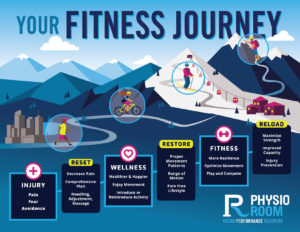
3 Step Process:
Reset Phase
In the reset phase, we help you get rid of your pain and calm things down. We’re going to desensitize and down regulate the system so you can start to tolerate more movement and have less pain with your movement. We have many tools in the toolbox to accomplish this. Dry needling, cupping, adjustments, massage, and laser are great tools for you to help decrease your pain. However, at the end of the day, these treatments provide very short-term relief… and our goal is to get you long-term results that last.
Restore Phase
Once you get the pain to decrease, we need to restore proper movement patterns. We need to get the right muscles firing at the right times. We will also be focusing on your mobility and and flexibility and going to increase your range of motion. We restore the range of motion and get the right muscle firing at the right time in a way that become habit and you no longer have to think about them. It takes time to retrain the brain and develop new “muscle memory”.
Reload Phase
In this phase, we will focus on those proper movement patterns and challenge those patterns with load specific to your goals. You will become more tolerant, more resilient, and you will be able to do what you love to do without pain.
Why is this process unique?
We know that healthcare is broken and we are trying to challenge the status quo. Most PT clinics do not operate in a way that allows them to provide all three phases to best of their ability. We are able to give you something that nobody else in town can give you…time with an expert in your sport or activity. When you work with someone that specializes in your sport and understands the demands required, then you can start to form a very specific plan to get you back to what you love to do. In order to do that, you need time and that is not what the traditional healthcare model can provide. At Physio Room, you will have the time to calm your pain down, start to get the right muscles firing at the right time, and load those patterns up so that you can do what you love to do without pain. If you are not able to get all three of those phases in a single session, then your ability to get the long terms results goes down significantly.
Why do other providers fail to get results?
Too many times, we see disappointed clients that have gone to other providers for the “quick fix”. Often, they have been getting “passive” treatments such as needling, massage, and adjustments and they are not getting the results they are looking for.
These treatments are a very good approach in the “reset” phase, but alone they will NOT achieve long-term results. For example, if someone comes in with shoulder pain and we use cupping, needling, and massage to calm the pain down and we do not address the thoracic mobility in the mid back or the rotator cuff strength and stability, then that pain will most likely come back.
We need to “restore” the range of motion and get the hip to fire at the right time in order to take the stress off of the neck and shoulder joints. The shoulder will start to feel better, and that is when the real work and the long-term results can begin! If you do not get those tissue stronger and able to maintain the demands requested, then your pain is going to come back.
We need to “reload” those tissues in order to lift up your kids or complete the “Murph” is a faster time that last year! You need to program movements specific to what you want to get back to doing and that is why we pair you up with the expert in your sport and interests.
We have to treat movement as medicine and learn to dose the medicine appropriately. Don’t take have a pill and don’t take the whole bottle. Gradually exposing those tissues to the load and demand you need will slowly increase your tolerance to the activities you want to get back to. Again, if you do not have the time with your current provider to address each of these phases, then you will inevitably become disappointed. Our model gives you the opportunity to address each phase and that allows us to get you better, faster and save you time and money!
“Great providers are going to look at the root cause of your issues and provide you with the tools necessary to fix the problem.”
If you’re interested in learning more about what your journey might look like, please give us a call today or book an appointment online. I look forward to working with you on your journey!
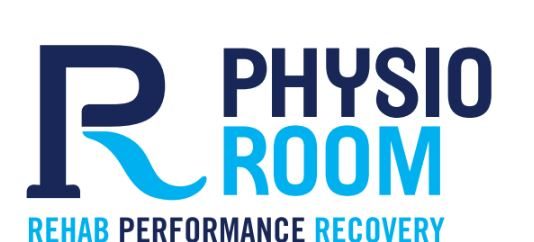

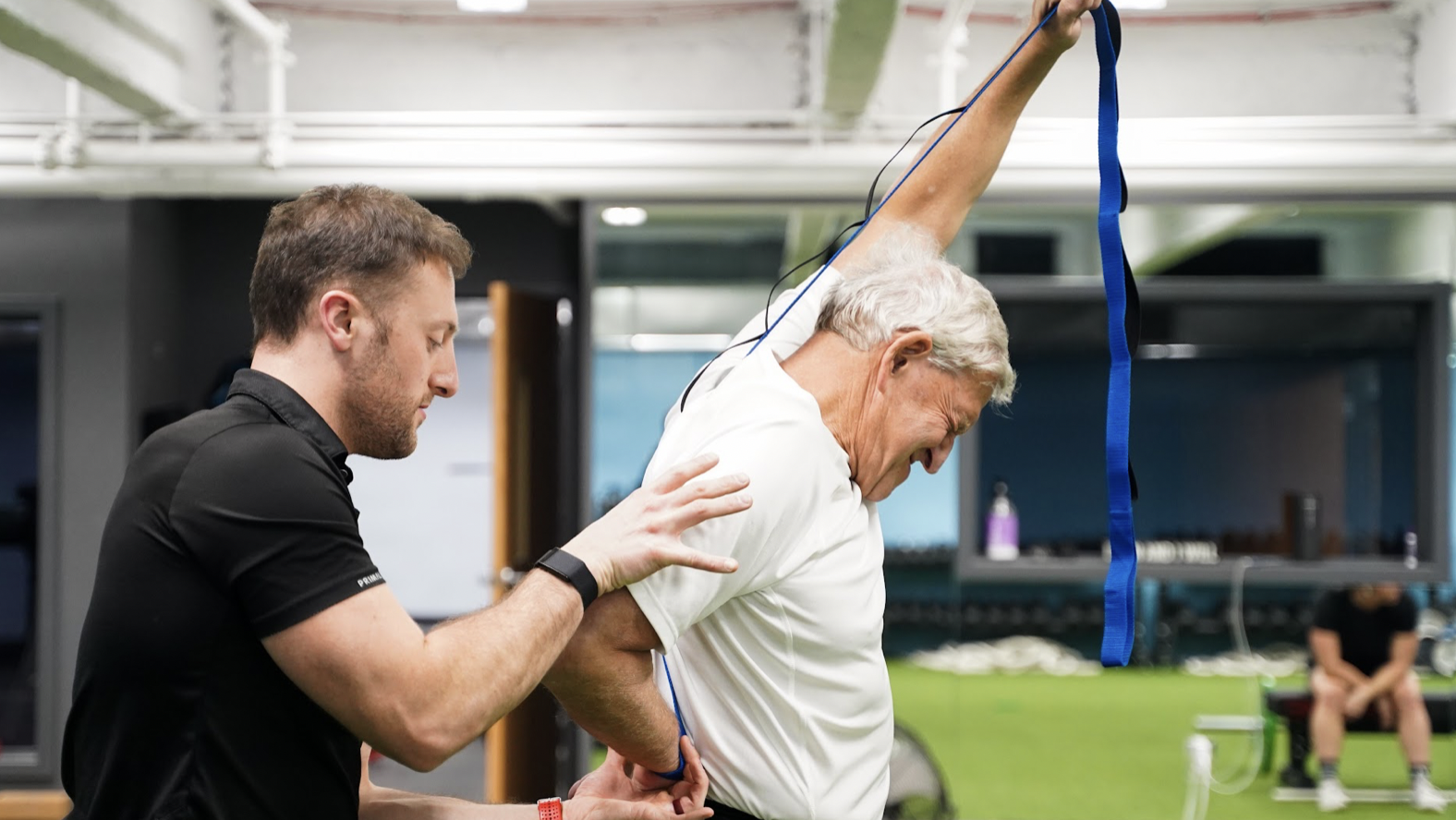
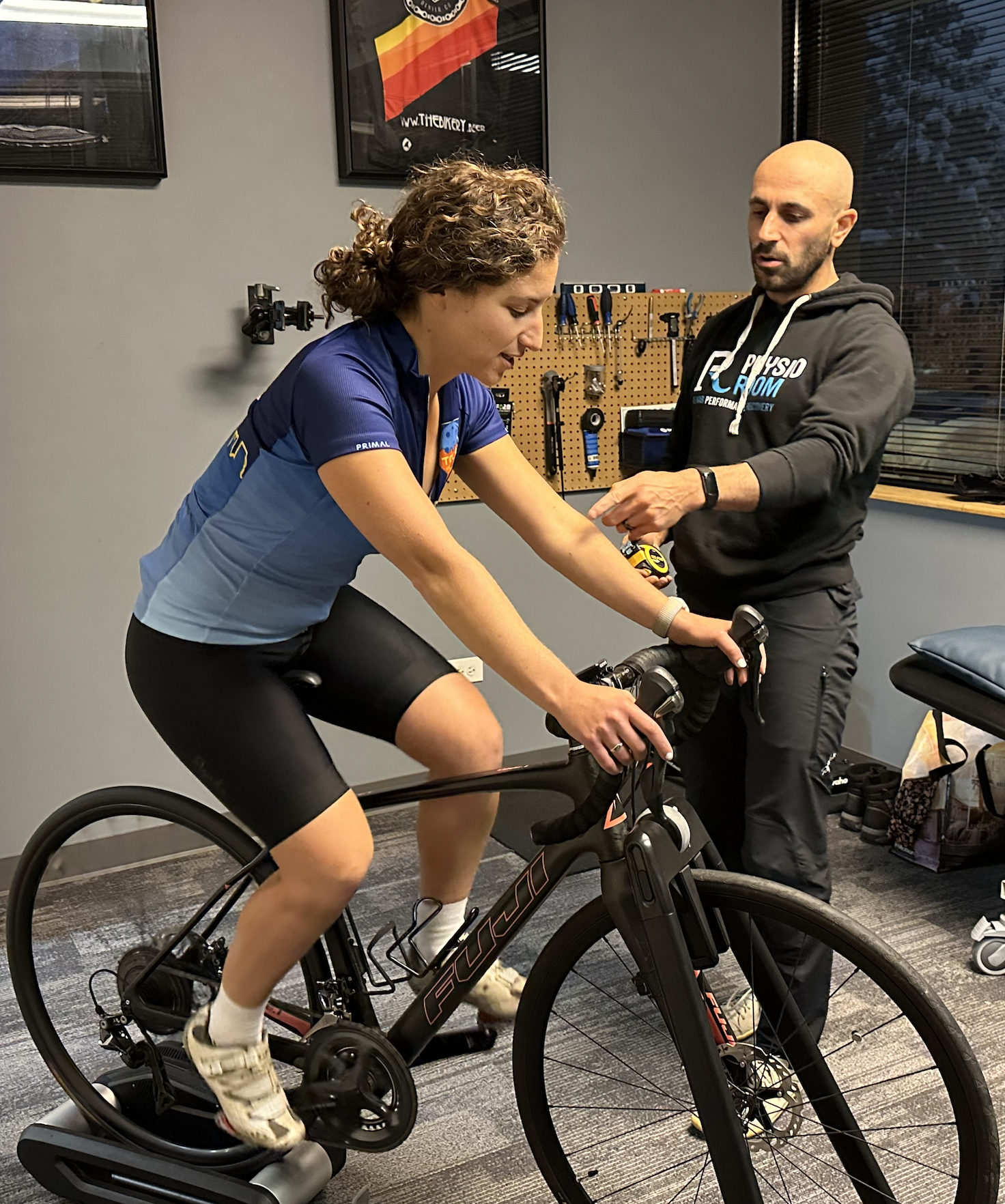
No responses yet